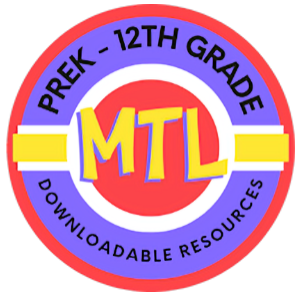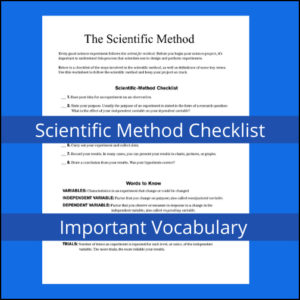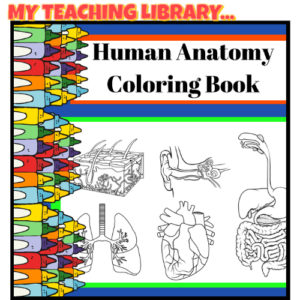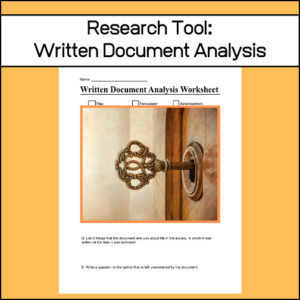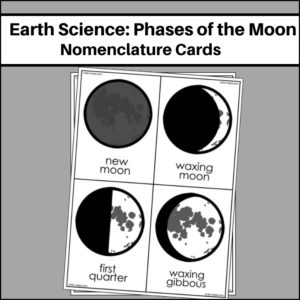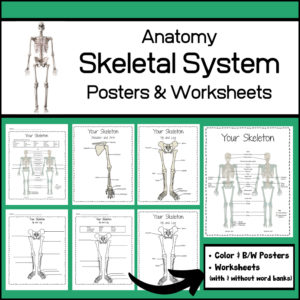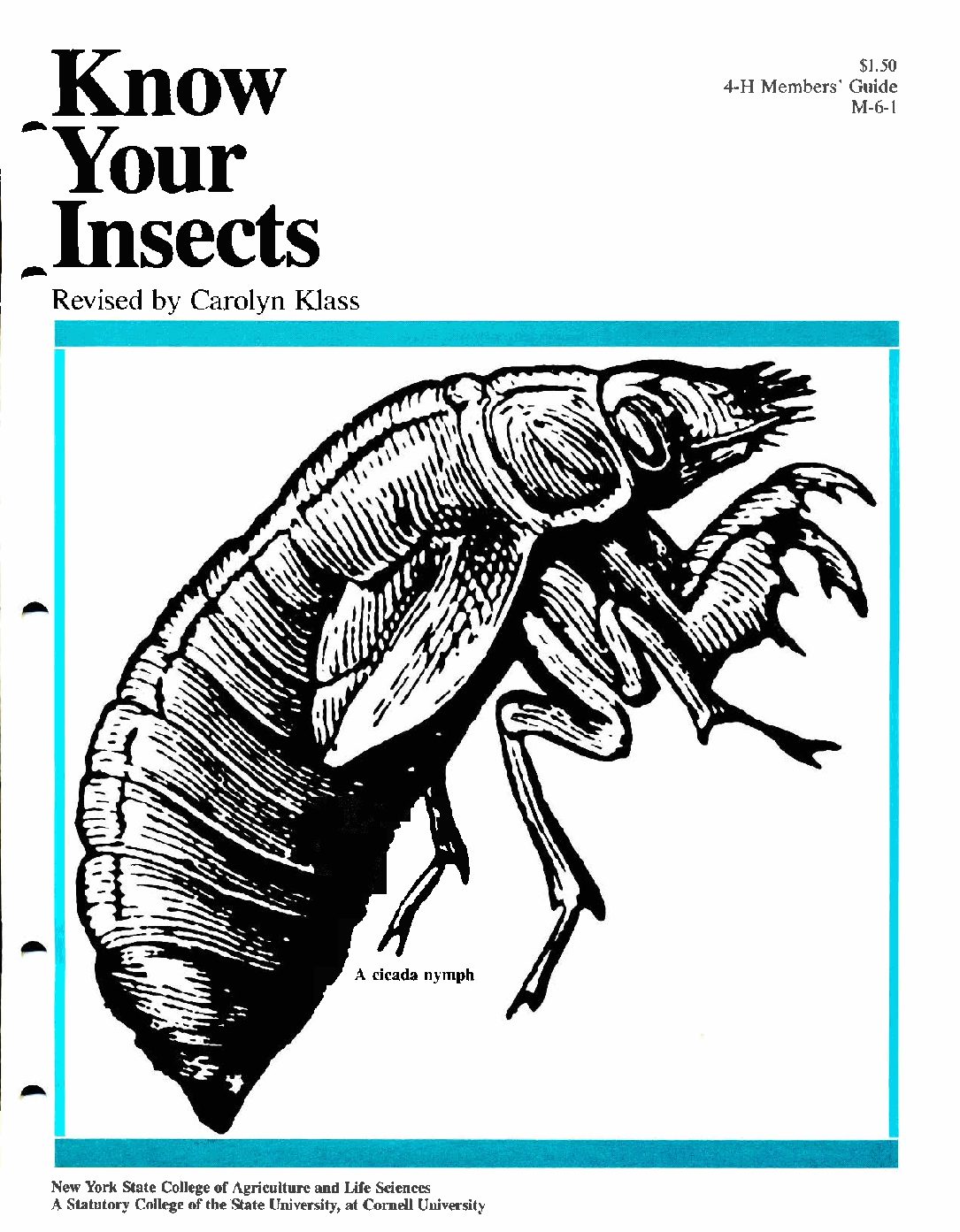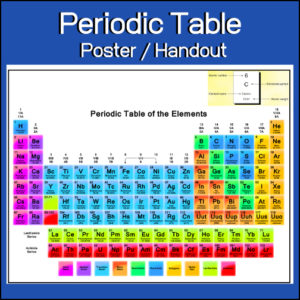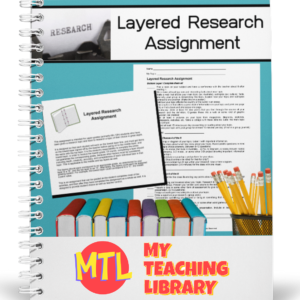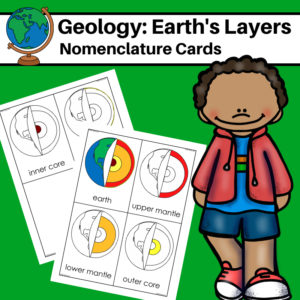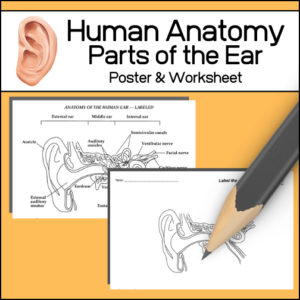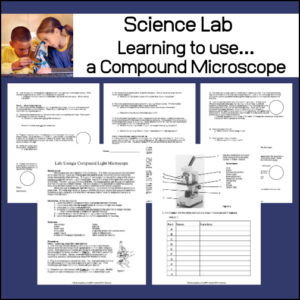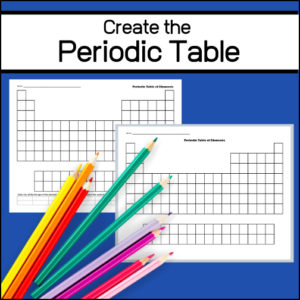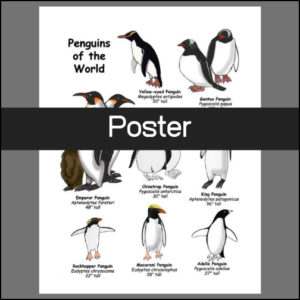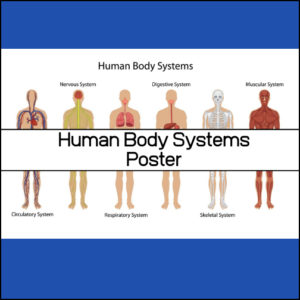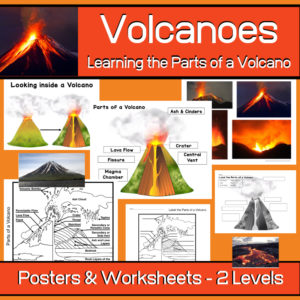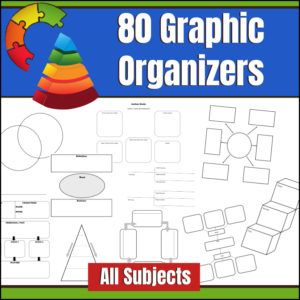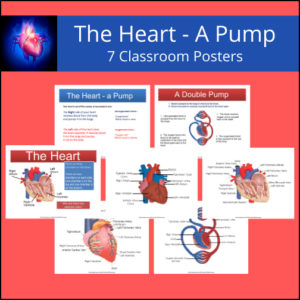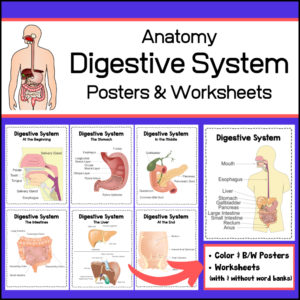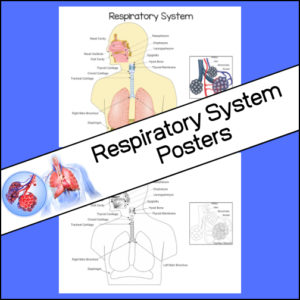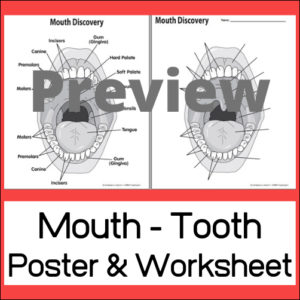Showing 21–40 of 43 results
-
$1.00Buy Now
Before students begin a science project, it’s important to know important vocabulary and understand the process scientists use to design and perform experiments. This resource is a student handout that will give students the important information that they need.
To use again and again, laminate or place inside a sheet / page protector!
-
$9.99Buy Now
This 68 page anatomy coloring book has been designed for 5th-12th grade classrooms (Health, Science, Biology).
Categories:
- DNA
- Cell
- Digestive System
- Skeletal System
- Nervous System
- Circulatory System
- Respiratory System
- Urinary System
- Integumentary System
- Muscular System
- Endocrine System
- Reproductive System
- Lymphatic System
- Auditory System
- Visual System
-
$2.00Buy Now
This resource will help students learn the 8 phases of the moon: new moon, waxing moon, first quarter, waxing gibbous, full moon, waning gibbous, last quarter and waning crescent.
-
$3.00Buy Now
This ANATOMY / BIOLOGY / HEALTH resource includes 3 sets of human skeleton posters and worksheets to help you teach the names of major bones. Each set has a color poster (great for bulletin boards) and b/w poster (great for student handouts) and each worksheet comes with and without a word bank. Bones: Skull (cranial portion, facial portion), clavicle, scapula, sternum, ribs, vertebral column, hip bones (pelvic girdle), humerus, ulna, radius, carpals, metacarpals, phalanges, femur, patella, tibia, fibula, tarsals, metatarsals.
-
$1.00Buy Now
This is a small (15 page) old handout to help students learn basics about insects and how to mount them when creating an insect collection.
-
$1.00Buy Now
You can use this resource as a poster or a handout – the Periodic Table of Elements (with a ‘how to read each element’ visual model).
The table shows all elements through 103 Lr and is color coordinated showing:
– alkali metal
– alkaline earth
– transition metal
– basic metal
– semimetals
– nonmetals
– halogens
– noble gas
– langthanides
– actinides -
$1.50Buy Now
This resource, Earth’s Layers – Nomenclature Cards, will help your students learn the names of the layers of the Earth: upper mantle, lower mantle, outer core, inner core, and crust.
I’ve also included a set of blank cards for students to use and label themselves!
-
$1.50Buy Now
Studying the human ear? This resource includes…
- – Poster with the following parts labeled (auricle, auditory ossicles, semicircular canals, vestibule nerve, facial nerve, cochlear nerve cochlea, vestibule, eardrum, Eustachian tube, external auditory meatus)
- – Student worksheet to label
-
$3.00Buy Now
This is a Science lab during which students will…
- – Learn the parts of a compound light microscope and their functions
- – Learn to calculate the magnification
- – Learn how to make a wet mount slide
- – Learn to use the microscope
-
$1.00Buy Now
Here are two worksheets for students to use to create the periodic table of elements.
– One for elements only
– One to create a color key showing the type of elementsThese are great for students to use when they are just learning the elements and can be used as a student-created study guide as well.
-
$1.50Buy Now
This classroom poster shows a visual representation of six body systems: circulatory, nervous, respiratory, digestive, skeletal and muscular.
-
$3.00Buy Now
Help students master their knowledge of the parts of a volcano with these posters, handouts and worksheets! This resource provides 2 levels of learning plus worksheets come with and without terms. (Landforms, Earth Science, Geology)
-
$2.50Buy Now
These 7 posters can be displayed or used to create media or transparencies to teach about the heart. Students will learn…
- – Functions of the right and left sides of the heart
- – Oxygenated and Deoxygenated blood
- – The pathway (flow) of blood
- – Parts of the heart
-
$4.00Buy Now
This ANATOMY / BIOLOGY / HEALTH resource includes 7 sets of posters and worksheets for your classroom, all involving human digestion. Each poster comes in color (great for bulletin boards) and b/w (great for student handouts) and each worksheet comes with and without a word bank.
-
$2.00Buy Now
This set of 2 posters is perfect for any classroom studying the human respiratory system. Display the colored poster in the classroom and give students their own b/w copy to use as a study reference.
(See description below for more details)
-
$1.50Buy Now
Help students learn the parts of the mouth and the types of teeth with this labeled poster and worksheet!
